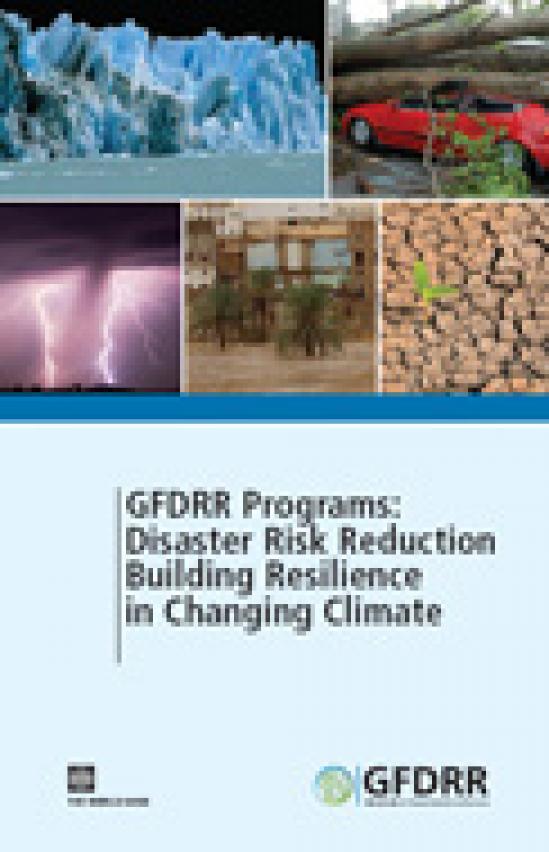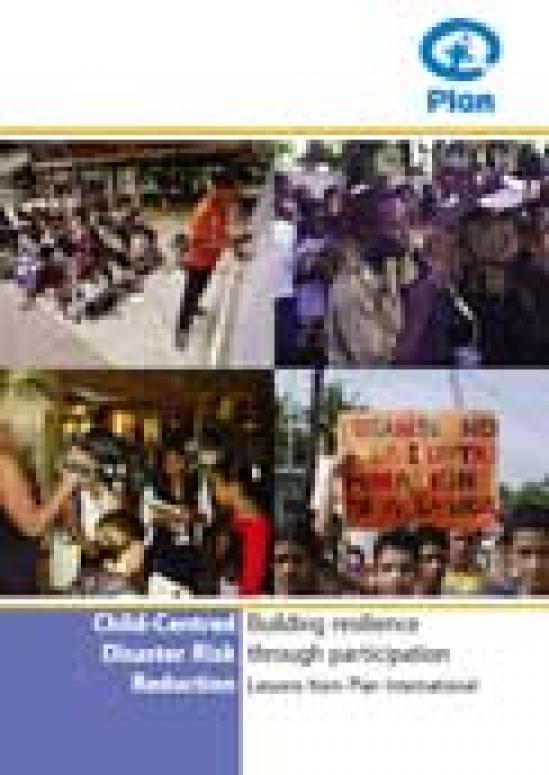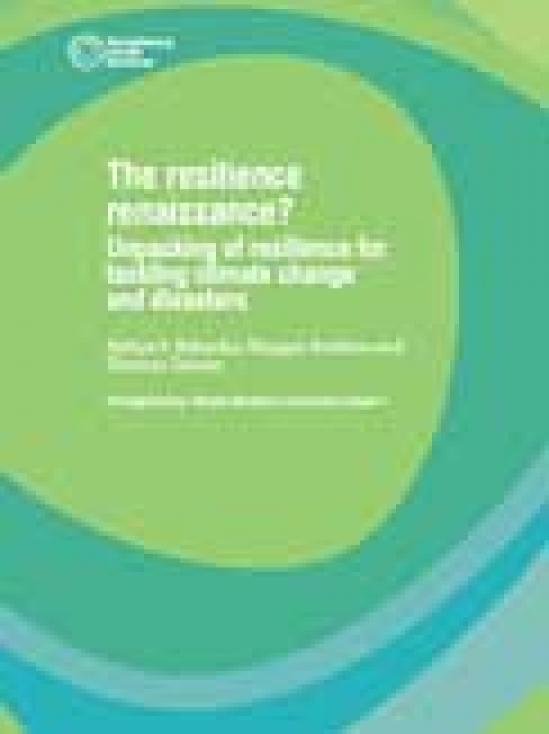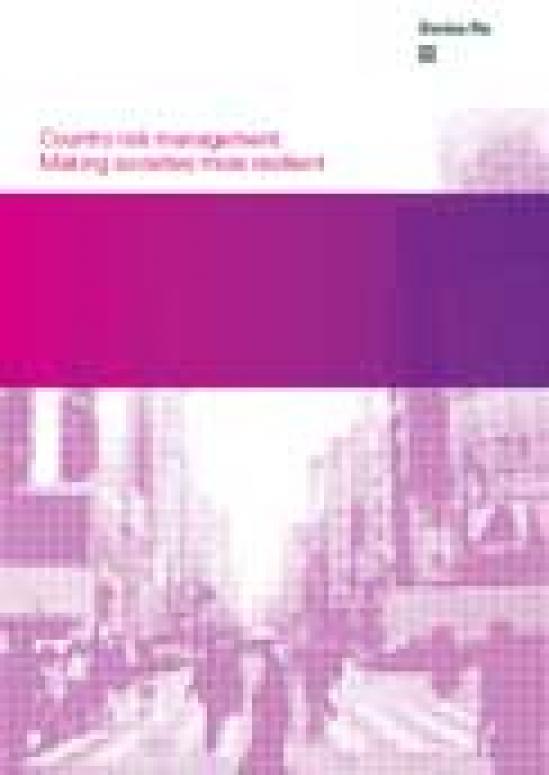How civil institutions build resilience
Approfondimento - lettura destinata solo agli utenti registrati
This report presents a literature review intended to facilitate the identification of appropriate steps that organizations and communities could take to increase their resilience, particularly with limited resources. The lessons learned provide some general guidelines for optimizing resource investment while assuring continued and successful operations.





